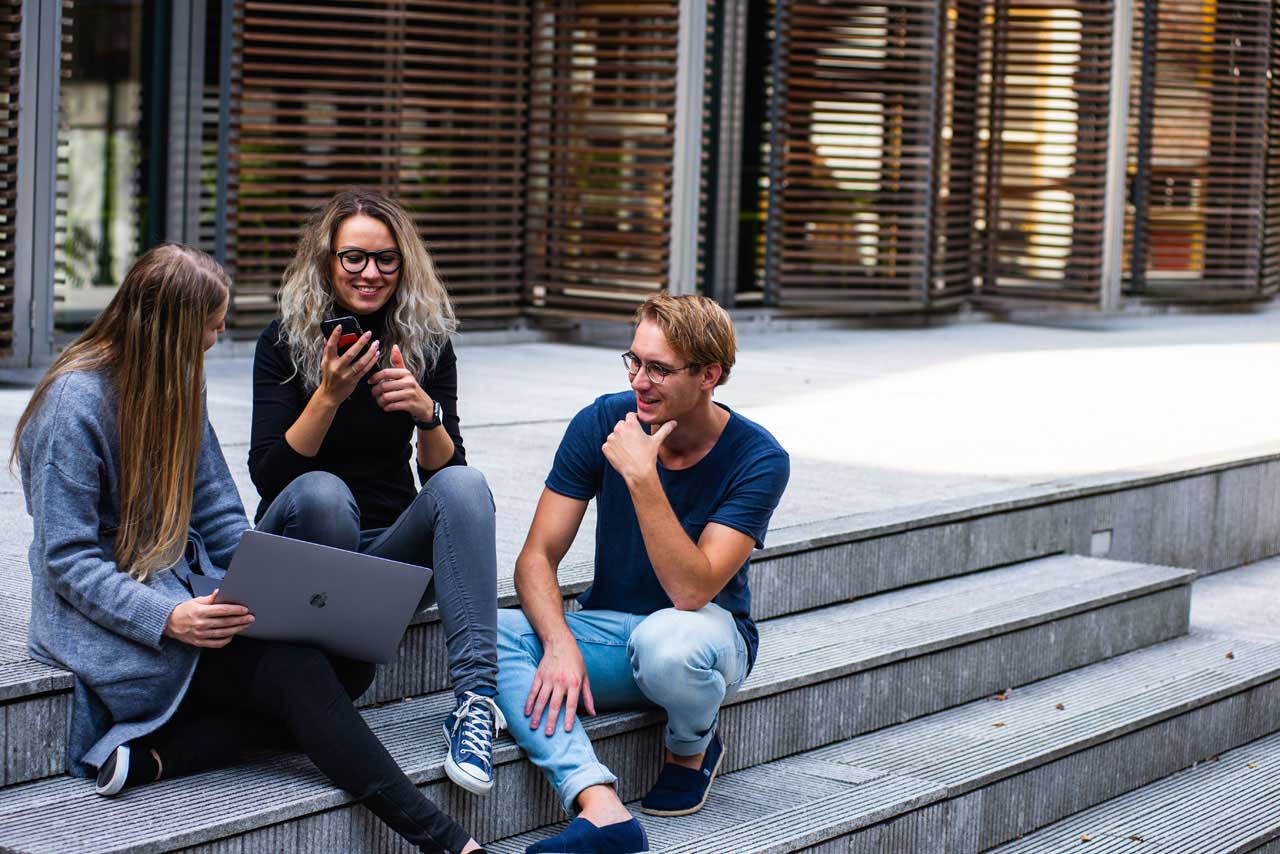Every great mind has been met with a great number of doubters. People are often inherently skeptical of someone that doesn’t think like they do or see the world from their perspective.
Worse, when one perspective has been adopted by many different people, and the same path followed by all those that come after, we run the risk of following the herd, barely casting a glance towards other new and potentially greater alternatives.
Holistic learning is a vague term with different definitions, but the core principle lies in the immersed exploration of a topic in your own way. What it’s not is learning through simple repetition or memorization, it’s not about taking someone’s word for it or only judging one point of view, and it’s not about following in another’s footsteps.
It’s about diving in head first, taking a DIY approach, looking at things from different angles — things that the world’s greatest minds do naturally. It’s from this method that we gain higher order knowledge and understanding.
Holistic Learning
1. Get Material & Build Your Web
Knowledge of an exorbitant number of facts without the underlying concepts is akin to having the material to build a house without yet having built anything of note. It’s only once you build the house that you have really achieved something.
Learning the facts is essential, you need the material, but once you have enough you need to start putting it together. Building through connections is about finding out what links to what and how, and forming a web as opposed to a list.
2. Compare Perspectives & Test Yourself
Knowledge is not flat, you can’t see everything by looking at it front on. Reading from one book or listening to one teacher is a great start, but it lacks the diversity that true understanding requires.
Look from different perspectives and find other opinions, ideas, and concepts. It doesn’t matter if they turn out to be dead ends or are just flat out wrong, at least then you’ll know, and that knowledge contributes to the overall effect.
Testing is a great way to see what you know, and what you don’t. It is in one way a measuring stick of your current understanding, and in another way it’s also a learning strategy in that the act of retrieval strengthens the memory.
3. Explore & Experiment
Following on with the metaphors, once you’ve built your house and looked at it from all angles, the next step is to start exploring it.
At this point we have a web of knowledge, with understanding of the related topics and the ideas that have been both successful and not so, now we need to start testing our own theories and exploring the dark corners of knowledge that have yet to be uncovered.
How can we do this effectively? Those people we call geniuses like Einstein, Tesla and Da Vinci excelled here, and one common tool they all seemed to employ was the metaphor.
Einstein used the metaphor of riding upon a light wave to help him visualize his theory in action, this resulted in e=mc2; he also came upon the idea of the “fabric” of space-time. Meanwhile, Darwin compared the power of small evolutionary changes to the effect of trickling water carving out entire canyons.
It’s incredible how much power the metaphor has. Using this power as a learning tool has clearly been around for some time, and it’s a key piece to the model of holistic learning. Humans have a natural tendency to spot patterns and find links, taking advantage of this tool means transferring the features of one thing onto another, it’s limited only by our imagination, which is perhaps why those geniuses were also very creative.
The Holistic Learning Mindset
One big facet of holistic learning is the DIY mentality, each of these points can and should be attempted using this mindset. From the moment your interest is sparked and the decision to learn more is made, you should be trying to learn by doing, to get yourself immersed in trial and error, and to use all your senses for a well-rounded experience.
Learning should be fun and playful. When you’re learning things you’re passionate about and which make you eager to know more, then you should have no trouble in reaching places others have yet to explore.




